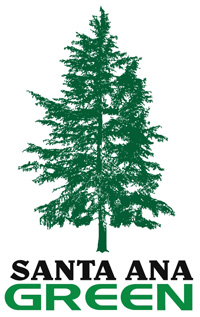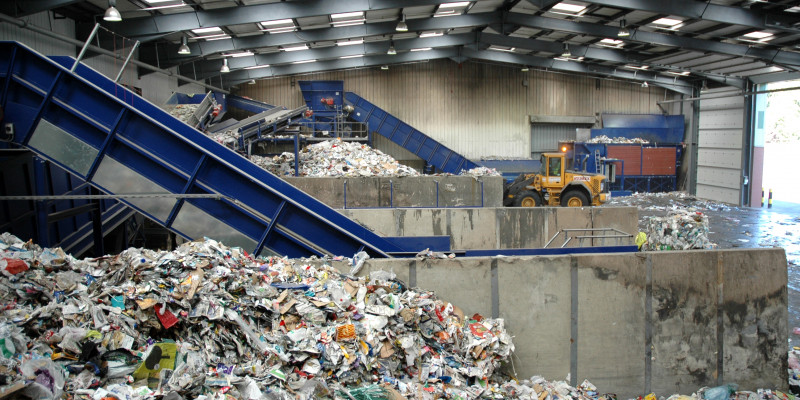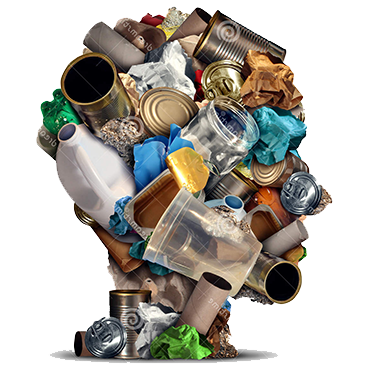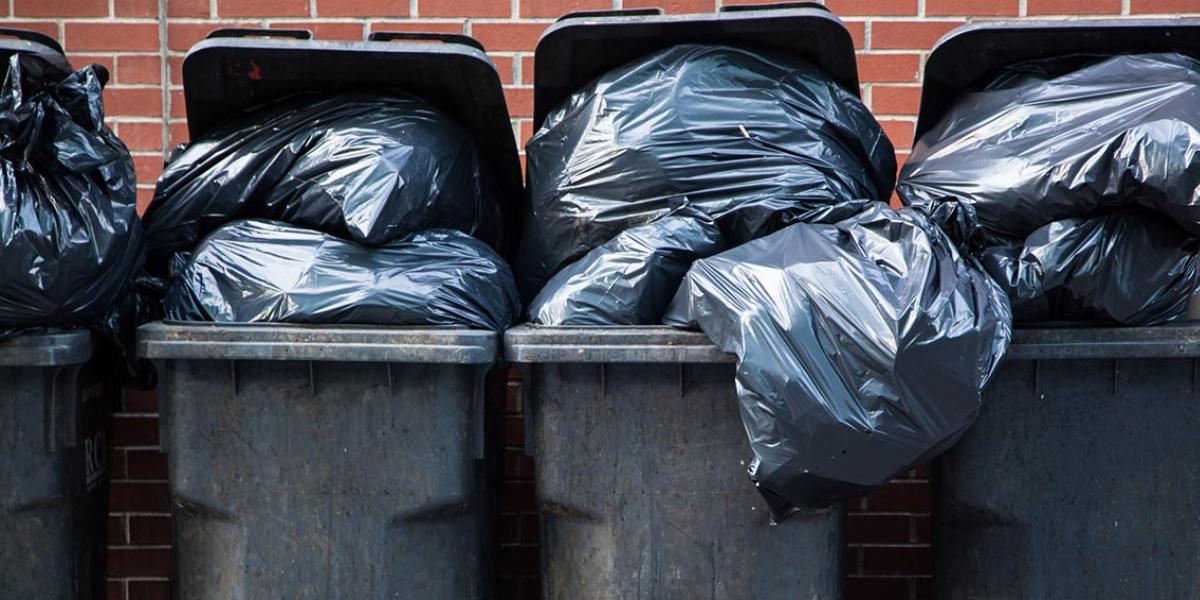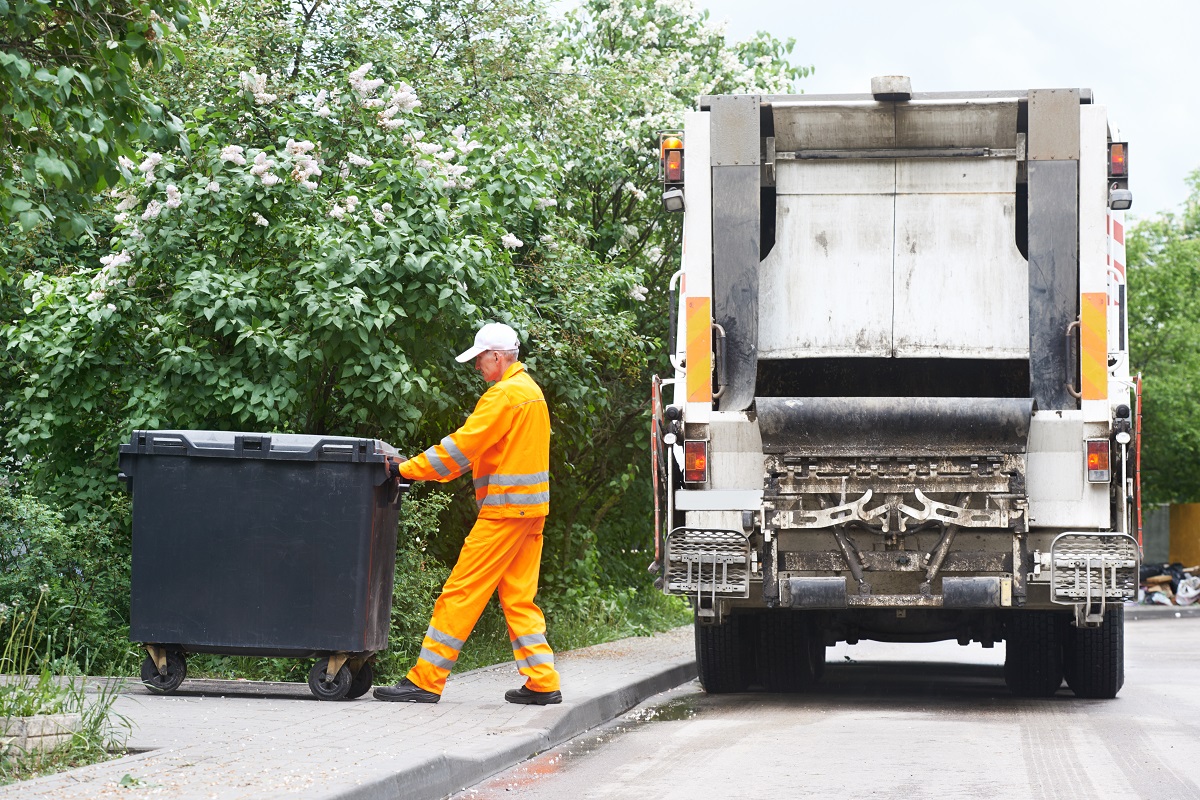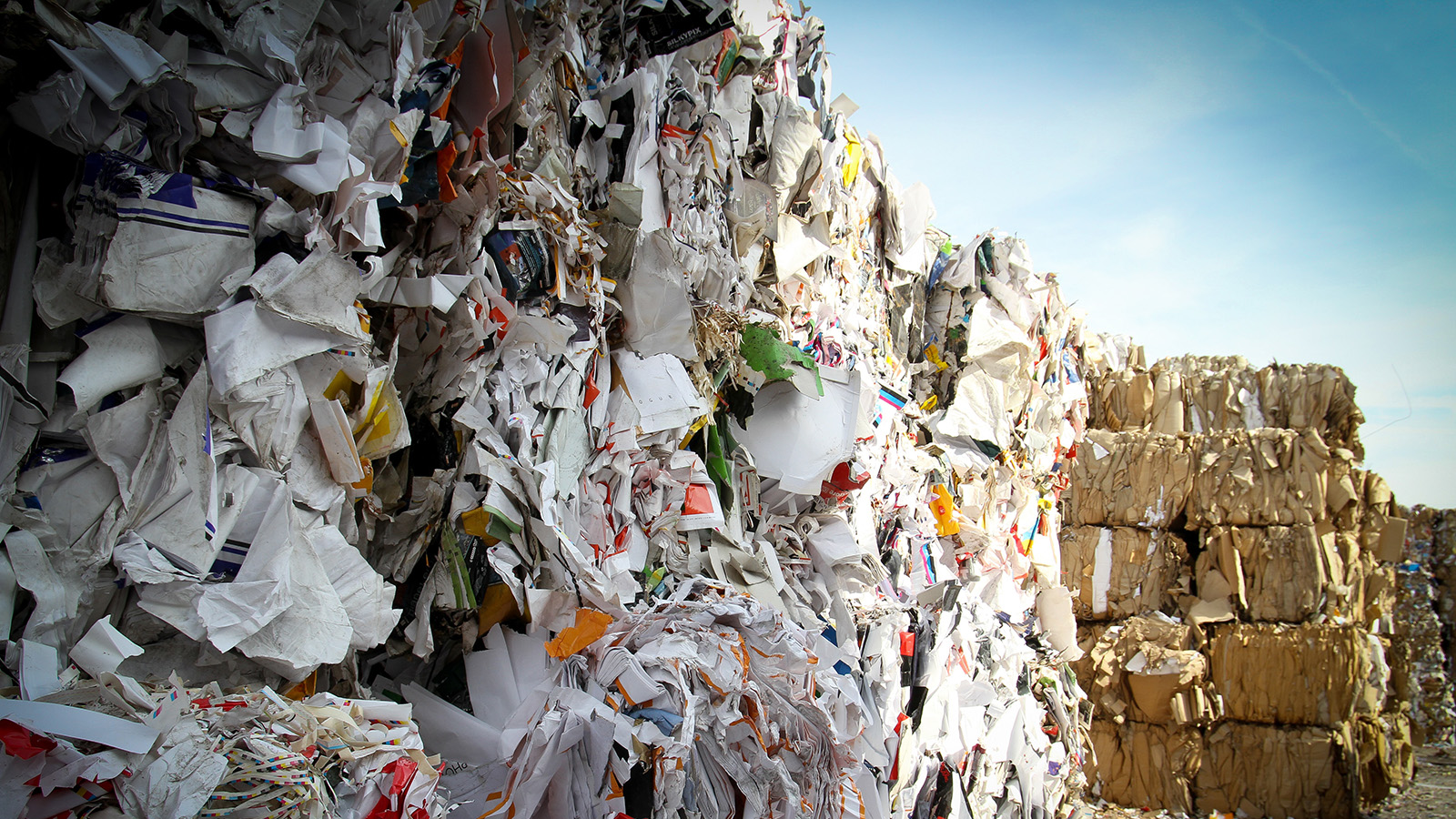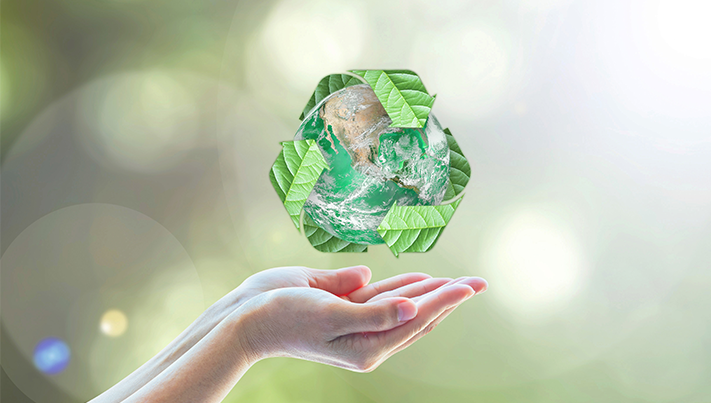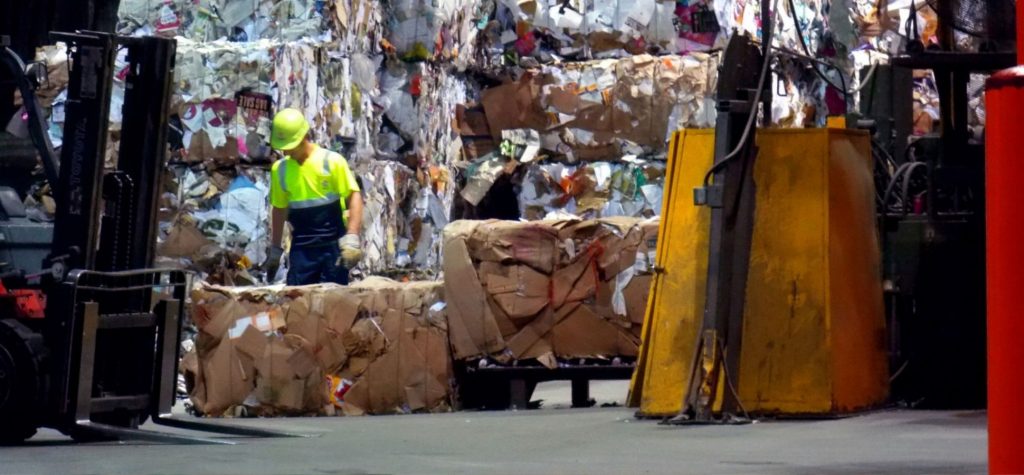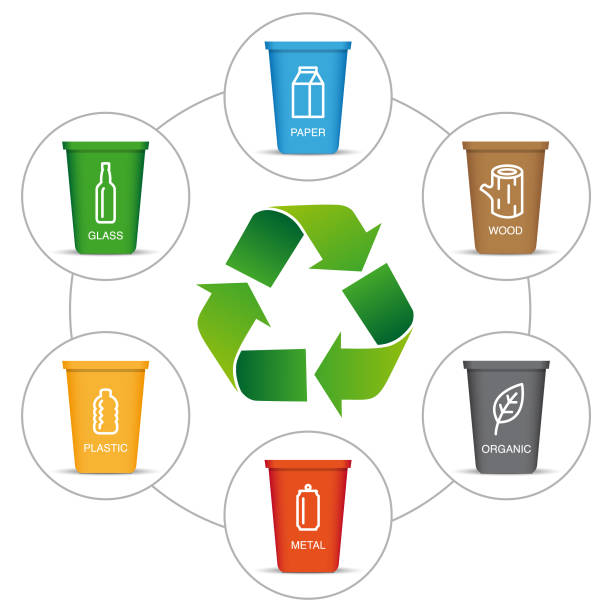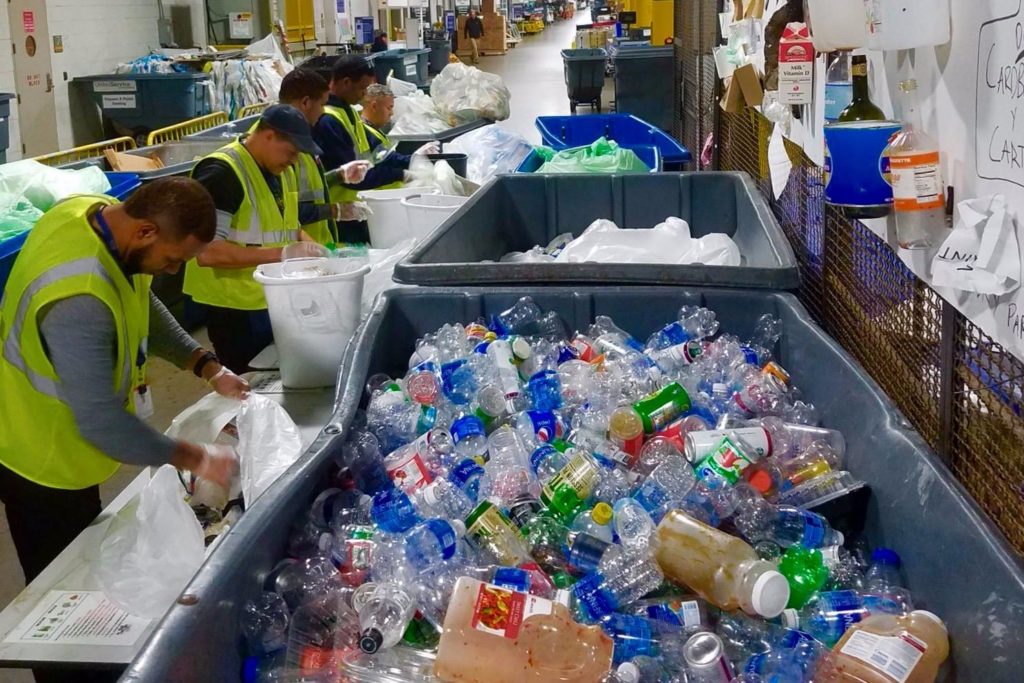How to recycle materials
Recycling consists of recovering the raw materials contained in waste, recovering them and reintroducing them into the production cycle of a product. Recycling glass saves 20% of energy compared to the amount of energy required to manufacture glass from raw materials. As for the recycling of aluminum, it consumes 25 times less energy than the production of this same metal from raw materials. Californian cities like Santa Ana have put a large emphasis on sustainablity in recent years.
It has four major advantages:
- It helps reduce the amount of waste that will be landfilled or incinerated.
- It helps reduce nuisances for the environment and for humans, those linked to incineration and landfill.
- It saves raw materials since recycled materials are used instead of new raw materials that would have to be extracted or manufactured.
- It saves resources (water, energy) which would be used during the extraction of new raw materials and the manufacturing of products.
There are many recycling techniques for different materials. Here are the most common examples:
The steel from beverage cans and cans can be remelted and reintegrated into the manufacture of new cans, industrial cans, packaging for beauty and cleaning products, car parts and household appliances.
The wood fiber contained in waste paper and cardboard can be reused in the production of recycled paper, cardboard, newspapers, magazines, toilet paper, etc.
The PET (Polyethylene terephthalate) contained in plastic bottles and flasks finds outlets in the textile sector (as stuffing for coats, mattresses and sleeping bags or as fleece) or is transformed into new bottles and flasks , food or industrial films, pots, etc.
The HDPE (High Density Polyethylene) contained in plastic bottles and flasks allows the production of cans, storage bins, crates, shelves, bins, containers, pipes, cable sheathing, windings, pallets, tubes, pipes, etc.
The pulp from beverage cartons is used to make household paper, industrial absorbent paper, paper bags, egg cartons, envelopes, etc.
- With 27 PET bottles we can make 1 fleece sweater.
- With 670 aluminum cans we can make 1 bicycle.
- With 19,000 steel cans you can make a car.
Recycling waste is a good solution, but recycling has several disadvantages.
First of all, only part of our waste can be recycled (like metal, paper, glass, etc.). Many other materials are currently not recyclable or their recycling is very expensive from an energy or economic point of view (as is the case for yogurt pots).
Recycling often requires a supply of new materials. sometimes brought to the recycling facility with dumpster rentals. The greater the final technical quality of a product, the higher the contribution of new materials will be. To recycle paper fibers, for example, a supply of new fibers is necessary, up to 46%, to make newsprint and 14%, to make corrugated cardboard. Once recycled products have reached the end of their life, we cannot recycle endlessly. Paper fibers can be reused two to five times, depending on the type of paper to be produced. Each treatment reduces the quality of the fibers.
We can only rarely recycle an object into a product of equivalent value or quality. Generally, recycled materials are therefore devalued. We’re talking about downcycling. For example, recycled PVC from window frames cannot be transformed into new window frames, but is used to make lower value products such as industrial bins, pipes or trash cans.
Recycling consumes energy and is expensive: between 50 and 175 euros per ton. For packaging alone, this represents an annual cost exceeding 88 million dollars. Despite the great technological advances in recent years to extend recycling to new materials and to make it more profitable, progress still needs to be made.
It is for these reasons that recycling only comes third on the scale of sustainable waste management, after prevention and reuse.
Recycling sparks lively debates
Should we encourage a consumption model based on the production of a mass of waste to be treated or rather consider another path?
Californian producers prefer to put the effort on the consumer (sorting to recycle) and therefore created the non-profit association Recycle Plus which they finance. The presence of the green dot on the products identifies the firms participating in this system.
Other countries have favored deposits and put the effort into producers or sellers (obligation to place standardized and returnable glass or plastic bottles on the market or cans bearing a deposit.
A third way, little developed in California, is eco-taxation (eco-tax, eco-boni). We tax packaging that is poorly or difficult to recycle or disposable objects to encourage the consumption of durable goods, the reduction of packaging or their deposit. A question where ecology and economy clash.
To properly recycle the various wastes, they must be sorted according to the materials they are made of and transported to the different recycling centers. To do this, we must set up an efficient waste sorting and collection system.

